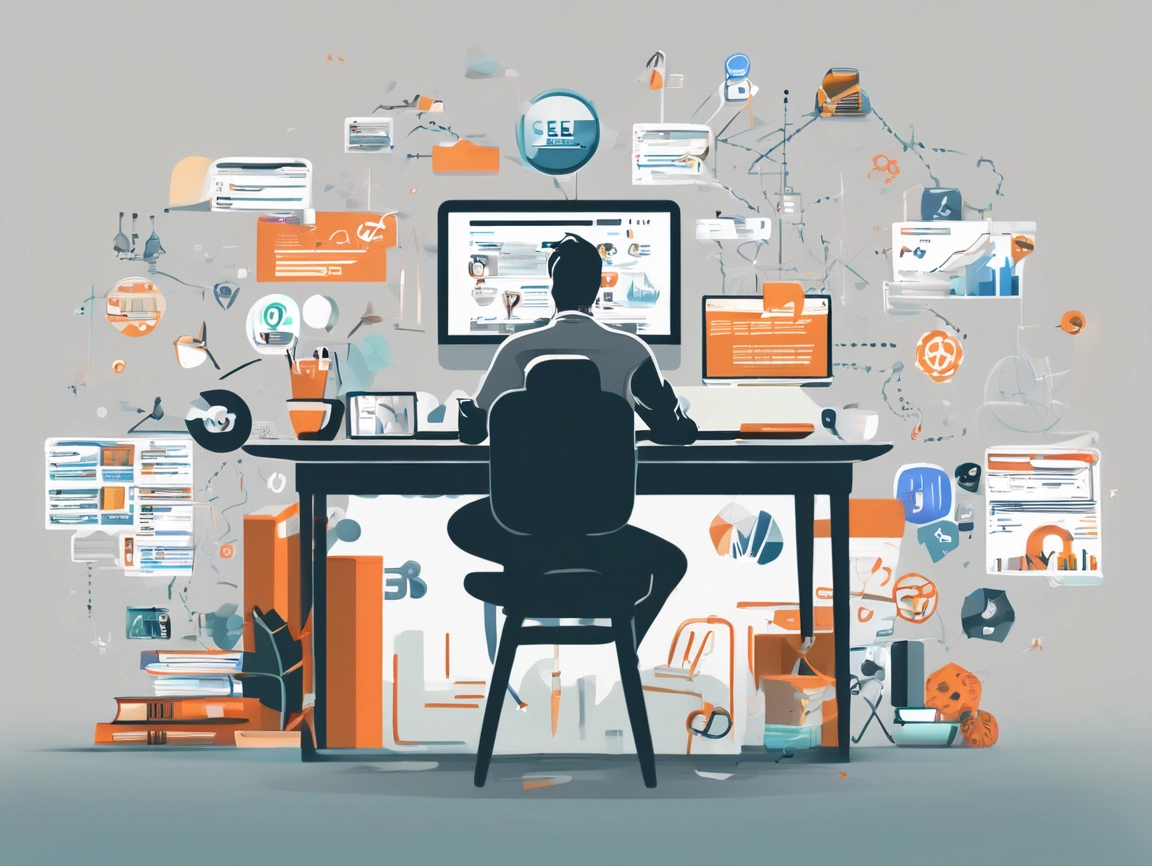Digital Burnout Is Real: How to Slow Down and Thrive in a Hyperconnected World
In today’s fast-paced, always-online world, digital burnout has become a serious issue affecting millions of people. Whether you’re a freelancer juggling multiple projects, a remote worker glued to your screen, or just someone trying to keep up with endless notifications, the feeling of exhaustion and overwhelm is all too real. But here’s the good news: you don’t have to sacrifice your mental health to keep up with the digital age.
In this post, we’ll explore what digital burnout is, how to recognize the signs, and most importantly, practical ways to slow down and thrive — even in a hyperconnected world.
What Is Digital Burnout?
Digital burnout is a state of mental, emotional, and physical exhaustion caused by excessive use of digital devices and constant connectivity. It goes beyond regular tiredness. It can affect your focus, creativity, motivation, and overall well-being.
You might feel drained after scrolling through endless social media feeds, stressed by nonstop emails, or anxious when away from your phone. This constant digital overstimulation can seriously impact your productivity and happiness.
Signs You Might Be Experiencing Digital Burnout
Here are some common signs to watch out for:
- Feeling mentally drained or foggy after using digital devices
- Losing motivation to work or create
- Feeling anxious or restless when offline
- Difficulty concentrating on tasks
- Increased irritability or mood swings
- Physical symptoms like headaches or eye strain
If these sound familiar, it’s a good idea to take a step back and evaluate your digital habits.
Why Slowing Down Matters More Than Ever
Slowing down isn’t about doing less; it’s about doing more of what truly matters. When you give yourself permission to unplug, you allow your brain to rest, recharge, and refocus. This helps improve your creativity, problem-solving skills, and emotional balance.
Embracing a slower digital lifestyle means setting clear boundaries between work and personal time, reducing distractions, and prioritizing mindful tech use.
Practical Tips to Overcome Digital Burnout
Here are some simple yet effective strategies you can start applying today:
1. Set Clear Boundaries
Designate specific times to check emails and social media. Avoid working or browsing during meals and before bedtime.
2. Take Regular Breaks
Use techniques like the Pomodoro method: work for 25 minutes, then take a 5-minute break. Stand up, stretch, or walk around.
3. Schedule Digital Detoxes
Try unplugging completely for a few hours or a full day each week. Use that time to connect with nature, read a book, or spend quality time with loved ones.
4. Declutter Your Digital Space
Unsubscribe from unnecessary newsletters, mute distracting notifications, and organize your apps and files to reduce mental clutter.
5. Use Tech to Fight Tech
Apps like Forest, Freedom, or Focus@Will can help you stay focused by blocking distractions and encouraging mindful use.
Real-Life Example: Sarah’s Journey to Digital Balance
Sarah, a freelance graphic designer, used to work 12-hour days, constantly connected to her clients via email and messaging apps. Over time, she started feeling exhausted, losing motivation, and experiencing headaches.
By implementing digital boundaries — such as checking emails only twice a day and scheduling weekend offline time — Sarah gradually regained her energy and creativity. She also started using the Forest app to stay focused during work sessions. Today, she feels more productive and balanced than ever.
Conclusion: Your Digital Well-being Is in Your Hands
Digital burnout is a real challenge, but it’s manageable. By understanding the signs and actively choosing to slow down, you can protect your mental health while still thriving in today’s connected world.
Remember, it’s okay to unplug and prioritize your well-being. Your creativity, focus, and happiness depend on it.
What’s one small change you’ll make today to reduce digital burnout? Share your thoughts in the comments below or pass this post along to someone who needs it!






Leave a Reply